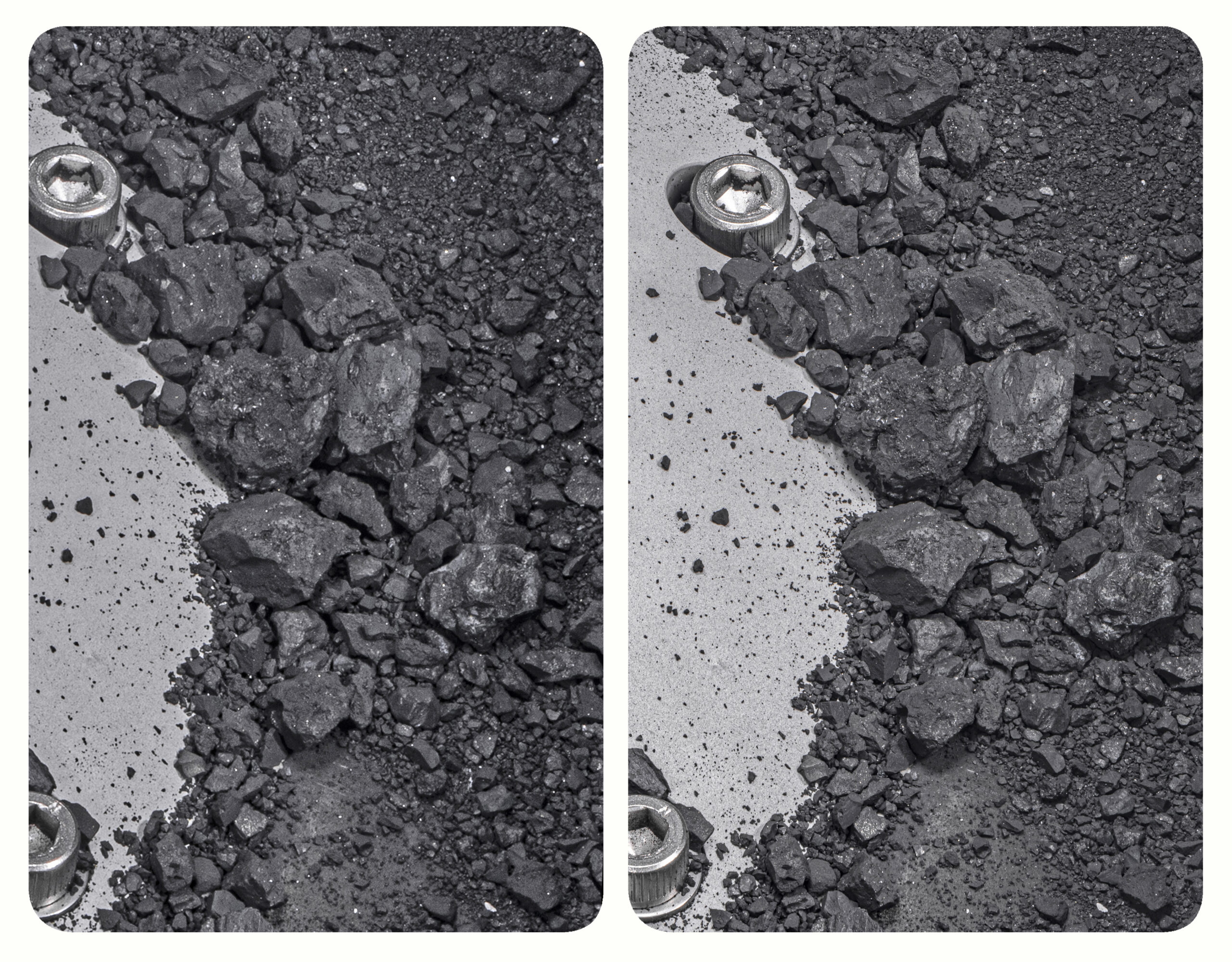
[ad_1]
Legendary guitarist Brian May, arguably the most famous citizen scientist in the world, has spoken about his involvement with NASA’s historic asteroid sample collection mission, OSIRIS-REx.
The sample from an asteroid named 101955 Bennu was returned to Earth on Sept. 24,; May and fellow citizen scientist Claudia Manzoni were invited to examine visual data collected by mission principal investigator and University of Arizona researcher, Dante Lauretta.
May and collaborators searched through images taken of Bennu’s surface by the OSIRIS-REx spacecraft to find opportunities to apply a technique called stereoscopy — which can basically add a 3D dimensional effect and illusion of depth to a 2D image.
“We looked for pairs of images of Bennu’s surface taken from viewpoints some distance apart,” May wrote in a NASA blog post. “This separation of viewpoints, known as the ‘baseline,’ has to be just right to give us the experience of depth and reality when the images are viewed stereoscopically.”
Related: NASA’s 1st asteroid sample is rich in carbon and water, OSIRIS-REx team finds
Pairs of 2D images are required for stereoscopic imaging so a parallax effect can develop from subtle differences in both images taken with slightly different viewpoints.
“Such viewing requires the left and right images to be delivered separately to our left and right eyes, which is how we see in ‘real life.’ When this is done, the small differences between the components of the stereo pair — known as parallax differences — give our brains the opportunity to instantaneously perceive depth and solidity in the image,” May explained.
Images of the Bennu sample taken after its return to Earth in the Utah Desert were prime for such a stereoscopic approach.
“In the moments when the Touch-and-Go Sample Acquisition Mechanism (TAGSAM) head was flipped over after removing it from the avionics deck at NASA’s Johnson Space Center in Houston, photographs from many angles were captured, enabling us to find just one (nearly!) perfect pair, showing the intimate structure of just a few grains of the dark, coal-black sample,” May said. “The curation team made it easy for us.”
Though the best stereoscopic view of the sample and its roughly 1-centimeter-wide (0.4-inch-wide) grains of asteroid material requires the use of an actual stereoscope, it is possible to mimic that false 3D view by relaxing the eyes and effectively “staring through” the screen.

Scientists and citizen scientists like May are keen to get a look at the material that makes up asteroids like Bennu because these rocky bodies are thought to be composed of matter that was present during the solar system‘s formation around 4.6 billion years ago. That means these untouched asteroids could reveal the nature of the material that collected together long ago, gathering into overly dense patches of gas and dust that surrounded our infant sun to form what astronomers call a protoplanetary disk.
The OSIRIS-REx spacecraft, launched in 2016 from Cape Canaveral Space Force Station in Florida, took two years to journey the 1,720-foot-wide (524-meter-wide) asteroid Bennu. After arriving at Bennu in August of 2018, the craft studied the asteroid from a distance for two years before dipping to the space rock’s surface and grabbing a sample. OSIRIS-REx started its 1.2 billion-mile (1.9 billion-kilometer) trip back home in 2021 and dropped the Bennu sample, safely inside a sample canister, into Earth’s orbit just last month. Then, the canister descended to the ground.
But after dropping its important cargo off in orbit and changing its name to OSIRIS-APEX, the spacecraft left Earth’s vicinity once again, beginning a journey to the near-Earth asteroid Apophis. OSIRIS-APEX will reach an orbit around the 1200-foot (370-meter) wide space rock by 2029, enabling scientists to investigate yet another space rock in stunning detail.
[ad_2]